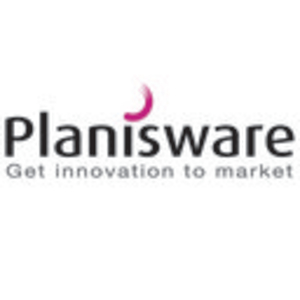My use cases involve building out a template library based on our methodology and continuing to iterate on that. We used a template, and basically, to start this out, we built out the template library based on the methodology and continued to iterate on that and reapplied the template. Templates were really nice. We defined deliverables with custom deliverable IDs built in, as well as the full workstreams, and we had a lot of customization in the columns which directly translated from the methodology.
We would apply that method based on a phase, and then continue to build that out. Each phase of the project was a multi-year project consisting of over 3,000 lines, 4,000 lines apiece. We had many contributors and nine project managers along with a program manager. We attempted to use project status reporting, KPIs, and project status reporting, but due to the scale of that project, the templates were challenging. So we did use them as backup slides for each of the workstreams.
Each workstream would have a filter for showing on the KPI and the dashboard, having a flag to show. We would snapshot those before the meeting from each of the five or seven different workstreams. We also did integration to Power BI for all of our reporting. We extensively assigned resources and capacity. We requested a workflow for task requests based on the forecast and managed the demand and capacity approvals, which went out to a SharePoint site. However, due to the size of this particular project, we ended up auto-approving everything because we had around 1,300 resources, and things were shifting rapidly.
We did not use the collaboration tools and scenario planning features directly. Instead, we did what-ifs with multiple workstreams, having five workstreams and then under each one, nine separate end-to-end workstreams. The scenario planning and what-ifs were complicated because if one end-to-end workstream made a change, it would impact the entire program. Therefore, we operated a command and control waterfall style and froze that. We pivoted those WBS items out to our Kanbans and managed synchronization between the Kanban and the start and end for the level five; I think we actually went all the way down to level seven. We managed the reconciliation of the percent complete to identify any slippage.








The user interface (UI) of Planisware could benefit from a modern makeover to align with contemporary design standards and improve user experience. While the recent updates in Planisware Enterprise 7 have incorporated Google Material Design principles to enhance usability and productivity, there is room to further refine the interface to make it more sleek and intuitive. Drawing inspiration from leading platforms like Asana, which emphasizes simplicity and visual clarity, or Figma, known for its collaborative and minimalist design, Planisware could adopt a more app-oriented approach. This would involve streamlining navigation, introducing customizable dashboards, and enhancing visual feedback mechanisms. Additionally, leveraging AI-driven personalization—such as the Enterprise Bot already integrated into Planisware—could make the interface more adaptive and user-centric. A thoughtfully designed UI not only fosters system adoption but also ensures that users can focus on strategic tasks with minimal friction.